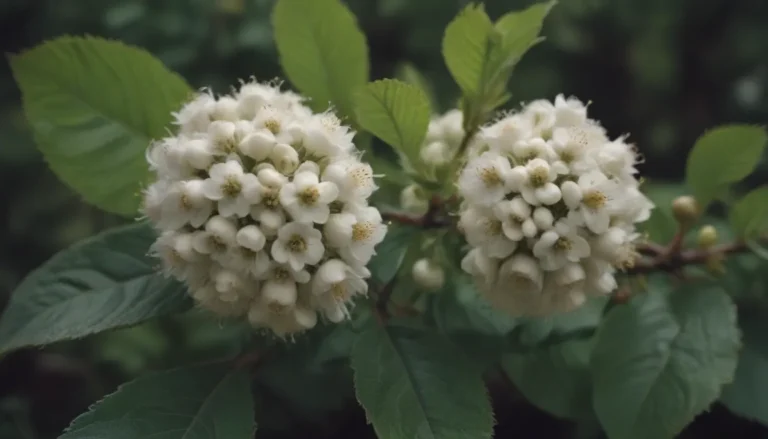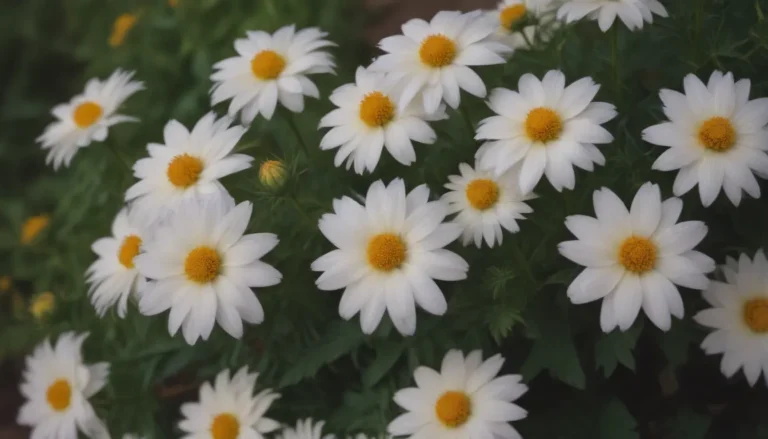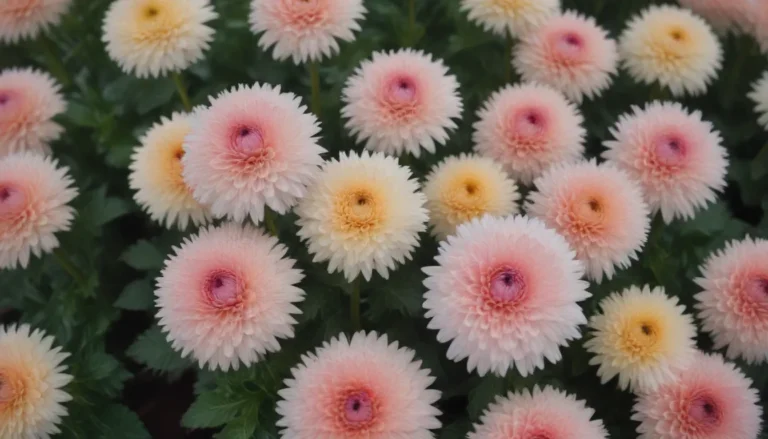Comprehensive Guide to Growing and Caring For Boston Ferns

If you’re looking to add a touch of greenery to your home or garden, look no further than the versatile and beautiful Boston fern. This popular fern species, also known as Nephrolepis exaltata or sword fern, is a classic houseplant in North America and thrives in tropical areas worldwide. In this comprehensive guide, we will dive deep into everything you need to know to successfully grow and care for your Boston fern.
Boston Fern Overview
Boston ferns are known for their sword-shaped, blue-green foliage that grows erect with tiny leaflets, creating a lush and vibrant display. These ferns prefer warm, humid conditions and do not require direct sunlight, making them an excellent choice for indoor or outdoor gardens with partial shade. Whether you live in Southern California or Florida, Boston ferns are an ideal addition to your green space.
Benefits of Boston Ferns
Before we delve into the specifics of caring for Boston ferns, let’s explore some of the benefits and reasons why you should consider adding this plant to your collection:
– Air purification: Boston ferns are known for their air-purifying qualities, helping to rid indoor spaces of toxins like formaldehyde and cigarette smoke.
– Humidity control: These ferns thrive in high humidity levels, making them perfect for bathrooms or other humid environments.
– Low maintenance: Boston ferns are relatively easy to care for and add a touch of natural beauty to any space.
Boston Fern Care Tips
Light
Boston ferns thrive in bright, indirect light. Ensure that your plant receives enough natural light to keep it healthy and vibrant. Avoid direct sunlight, as it can burn the delicate fronds of the fern.
Soil
Ferns prefer organically rich, loamy soil with good drainage. When planting outdoors, consider adding compost and peat to improve soil quality. For potted Boston ferns, use a peat-based potting mix with added perlite for optimal drainage.
Watering
The key to successful Boston fern care is to keep the soil lightly moist during the active growing season (spring and summer). Test the soil regularly and adjust your watering schedule as needed. Overwatering can lead to root rot, so be mindful not to let the soil become soggy.
Temperature and Humidity
Boston ferns prefer temperatures between 65 and 75 degrees Fahrenheit and thrive in high humidity levels above 80 percent. Mimic these conditions by placing your fern on a tray filled with water and pebbles or by regularly misting the plant.
Fertilization
While Boston ferns are considered low feeders, they still benefit from occasional fertilization. Use a balanced liquid houseplant fertilizer at half strength once a month during the active growing season (spring and summer). Skip fertilization in the fall and winter months when the plant is dormant.
Types of Boston Ferns
Boston ferns come in several varieties, each with its unique appearance and characteristics. Some popular choices include:
– Nephrolepis exaltata ‘Compacta’
– Nephrolepis exaltata ‘Florida Ruffle’
– Nephrolepis exaltata ‘Golden Boston’
– Nephrolepis exaltata ‘Rita’s Gold’
– Nephrolepis exaltata ‘Fluffy Duffy’
Pruning and Propagating Boston Ferns
Pruning
Boston ferns respond well to pruning, which encourages bushy growth and helps maintain the plant’s shape. When pruning your fern, remove dead or browning fronds and trim back any leggy growth to promote new foliage. Pruning is also an excellent opportunity to propagate your fern through division.
Propagating
Propagating Boston ferns is simple and involves dividing the plant to create new specimens. This method is useful for rejuvenating an overcrowded plant or expanding your fern collection. Follow these steps to propagate your Boston fern through division:
1. Carefully divide the plant at the root ball, ensuring each division has healthy roots and fronds.
2. Replant each division in a suitable pot with fresh potting mix, water thoroughly, and provide the necessary care to encourage growth.
Growing Boston Ferns From Seed
While ferns do not produce seeds, they reproduce through spores collected from mature plants. You can also purchase fern spores from nurseries or garden stores to grow your Boston fern from scratch. Here’s how to grow Boston ferns from spores:
1. Collect spores from mature Boston fern fronds and spread them on a suitable growing medium.
2. Keep the medium moist and warm to encourage spore germination.
3. Once the spores have developed into young ferns, transplant them into individual pots for further growth.
Potting and Repotting Boston Ferns
Boston ferns prefer containers with ample drainage to prevent waterlogging. When repotting your fern, choose a slightly larger pot to accommodate its growing roots. Repotting is typically done in the spring, and it’s essential to use fresh potting mix and provide proper care to help your fern adjust to its new environment.
Overwintering Boston Ferns
During the winter months, Boston ferns may go dormant and require special care to survive the cold season. Indoor ferns can be cut back and stored in a cool, dry area until spring, while outdoor ferns benefit from a late fall cutback and protective mulching to shield them from harsh winter conditions.
Common Pests and Plant Diseases
Boston ferns grown outdoors are susceptible to pests like whiteflies, mealybugs, and chewing insects, which can damage the plant if left untreated. Additionally, fungal infections like blight can affect indoor and outdoor ferns, leading to brown and wilted foliage. Combat pests and diseases by monitoring your fern for signs of infestation and treating them promptly with natural or chemical remedies.
Common Problems With Boston Ferns
Proper care is essential to prevent common issues like root rot, which can result from overwatering or inadequate drainage. By following the guidelines outlined in this article and providing your Boston fern with the right growing conditions, you can enjoy a healthy and thriving plant.
Fun Facts About Boston Ferns
- The Boston fern was first discovered in a shipment of fern plants from Philadelphia to Cambridge, Massachusetts in 1894.
- This fern variety is native to subtropical regions, making it well-suited for high-humidity environments like bathrooms.
In conclusion, Boston ferns are a wonderful addition to any indoor or outdoor garden, providing beauty, air purification, and a touch of nature to your space. By following the care tips and guidelines outlined in this comprehensive guide, you can successfully grow and maintain healthy Boston ferns in your home or garden. So, grab your gardening tools and get ready to transform your space with the lush beauty of Boston ferns!





